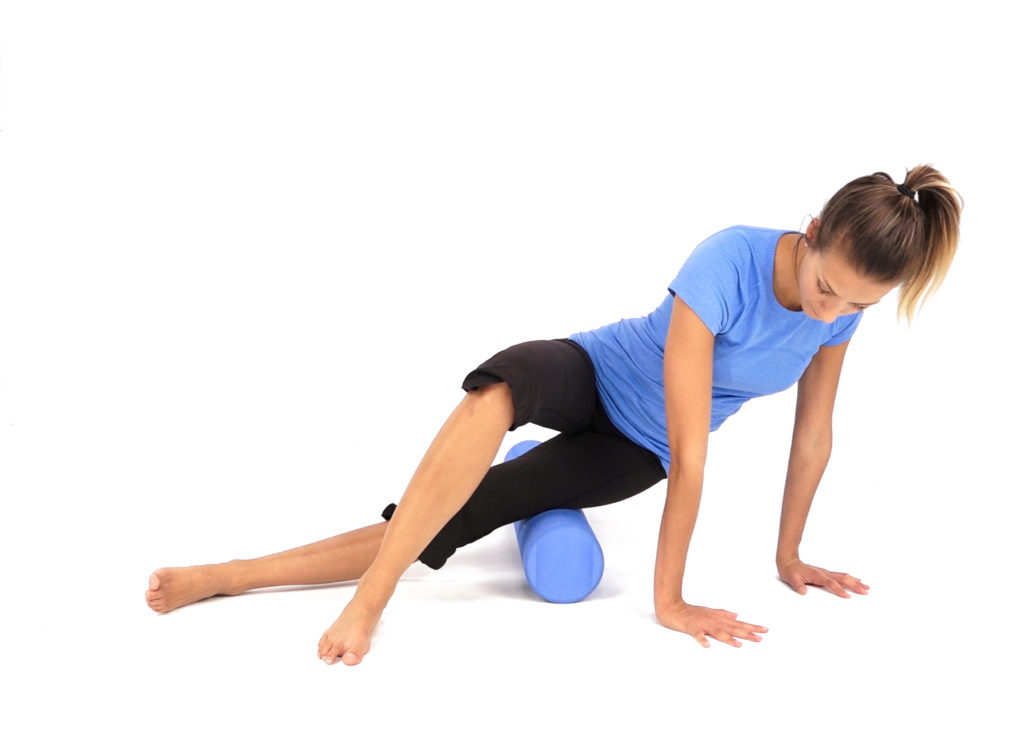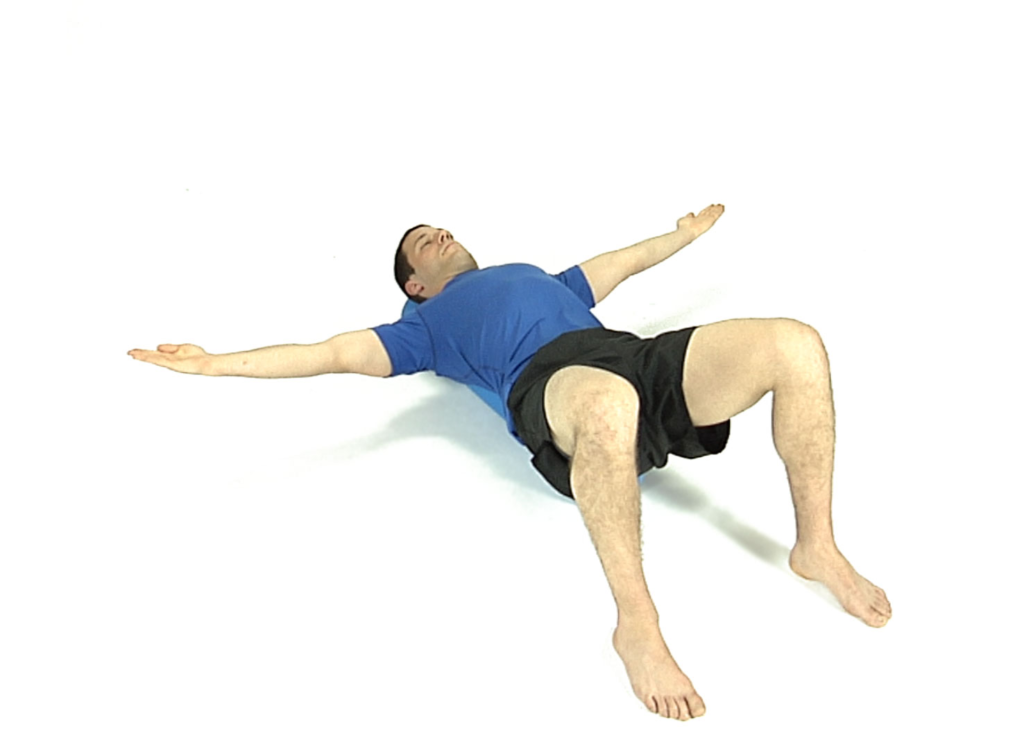Foam rollers are the not-so-secret weapon your chiropractor wants you to use to fight tight muscle pain. Foam rolling provides myofascial release, which can help relieve muscle tightness, inflammation and pain, and increase the range of motion in your joints. Whether you are an athlete using a foam roller to roll tight muscles or an office worker who sits at a desk all day and needs to work on posture, foam rolling has benefits for everyone. Read on to learn how foam rolling can benefit you and 3 basic exercises to get you started.
While the benefits of foam rollers are well known among both professional and recreational athletes, this tool has actually been popular for a long time in the rehab world for all populations. In addition to stretches and exercises, chiropractors often recommend foam rolling to patients as part of their home care rehabilitation programs.
For athletes, both amateur and professional, foam rolling can be an effective tool to add to your warm-up or cooldown, before and after exercise. The most well-known use of a foam roller is rolling and massaging tight muscles, especially the quadriceps, IT band, calf and hamstring muscles following a work out. Foam rolling can help improve flexibility, decrease pain and loosen tight muscles.
Anyone who is not familiar with foam rolling should go slow and speak to their chiropractor before trying any new exercises. Foam rolling tight and tender muscles can be painful, especially if you’re new to it. Ease into painful muscles by starting with the areas right above or below the target muscle and working gently towards the most sensitive spots.
While foam rolling has obvious benefits in the athletic world, these exercises are great for most people as many of us struggle to maintain good posture. Whether you sit at a desk all day, do manual labour that involves a lot of bending or you enjoy activities like cycling, swimming, baseball, foam rolling will help to keep you moving. Below are 3 basic foam rolling exercises that will help ease muscle pain and improve posture and flexibility.
1) IT Band Release
The IT band is a long, fibrous band of connective tissue called fascia that runs along your outer thigh from the hip to just below the outside of the knee. The IT band is a common area of soreness and tightness in runners, but anyone can benefit from foam rolling this area.

Directions:
- Begin by lying on your right side with the foam roller positioned underneath your right IT band; on the side of your thigh. Keeping your bodyweight on your right forearm, straighten your right leg and bend your left knee allowing your foot to rest comfortably in front of your right leg.
- Bracing yourself with your upper body and left leg begin to slowly roll along the foam roller on your right IT band between your knee and glute, stopping at tender spots.
- Repeat for 30 seconds, and then switch to roll your left IT band.
2) Upper Back / Chest Opener
This exercise releases tension, tightness and muscle knots in the upper back and chest which helps to align your spine and improve posture. Using this foam roller exercise after work is a great idea for anyone who sits for long periods of the day.

Directions:
- Place the roller horizontally across your upper back, directly below your shoulder blades.
- Bend your knees and press your feet firmly into the floor.
- Bend your elbows and interlace your fingers behind your head at the base of your skull and then lean back.
- Raise your hips slightly to move the roller up toward your shoulders.
- Focus on sensitive areas for at least 20 seconds.
- Roll all the way up to your shoulders and then back down to your mid-back again. Avoid going lower than your mid-back, which is where your rib cage ends.
- Repeat 4 to 5 times.
3) Thoracic Spine Stretch
This exercise helps to relieve tension in the upper back, and improve thoracic spine and mid back mobility. This stretch is great for office workers, cyclists or anyone who spends time hunched forward as it alleviates poor posture and helps to align your head, neck, and spine.

Directions:
- Lie with a foam roller in the centre of your back, parallel to your spine, supporting your head and tailbone.
- Bend your knees and place your feet flat on the floor.
- Spread your arms wide and out to the sides with your palms facing upward.
- Breathe deeply and relax into this position for up to 1 minute.
Foam rollers come in many shapes and sizes and they all serve slightly different purposes. Depending on the amount of tension and tightness in specific muscles some people prefer harder, thicker foam rollers while individuals looking for a gentler, less painful experience may opt for a softer roller. Short rollers are great for travelling and would work well for exercises 1 and 2 but a longer roller would be needed to lie on while doing exercise number 3.
These are just a few ways to use your foam roller, and your chiropractor can teach you exercises specific to your needs. Foam rollers can also be incorporated into core strengthening exercises and other spinal rotation exercises which can help to strengthen and support your back and spine.
When using a roller, please take care to not work through unexpected or intense pain and discontinue the exercise if you are unsure if you are doing it properly.
Please note that any advice in this article doesn’t replace personalized medical advice from a professional.
Speak to your chiropractor if you have any questions about these exercises or would like further guidance on how to safely use your foam roller. Interested in learning more? Email us at info@evolvevancouver.ca to book an appointment with one of our experienced chiropractors.